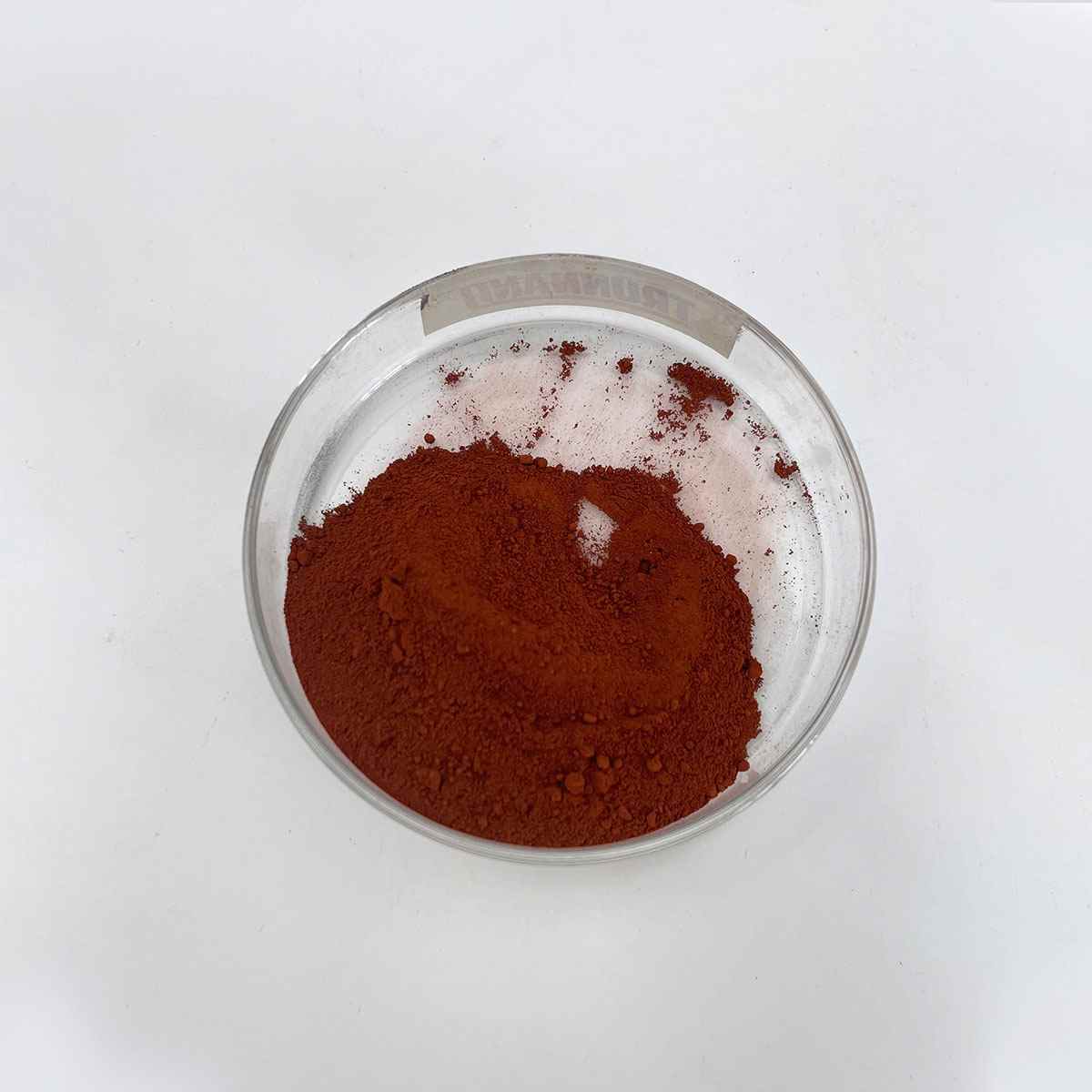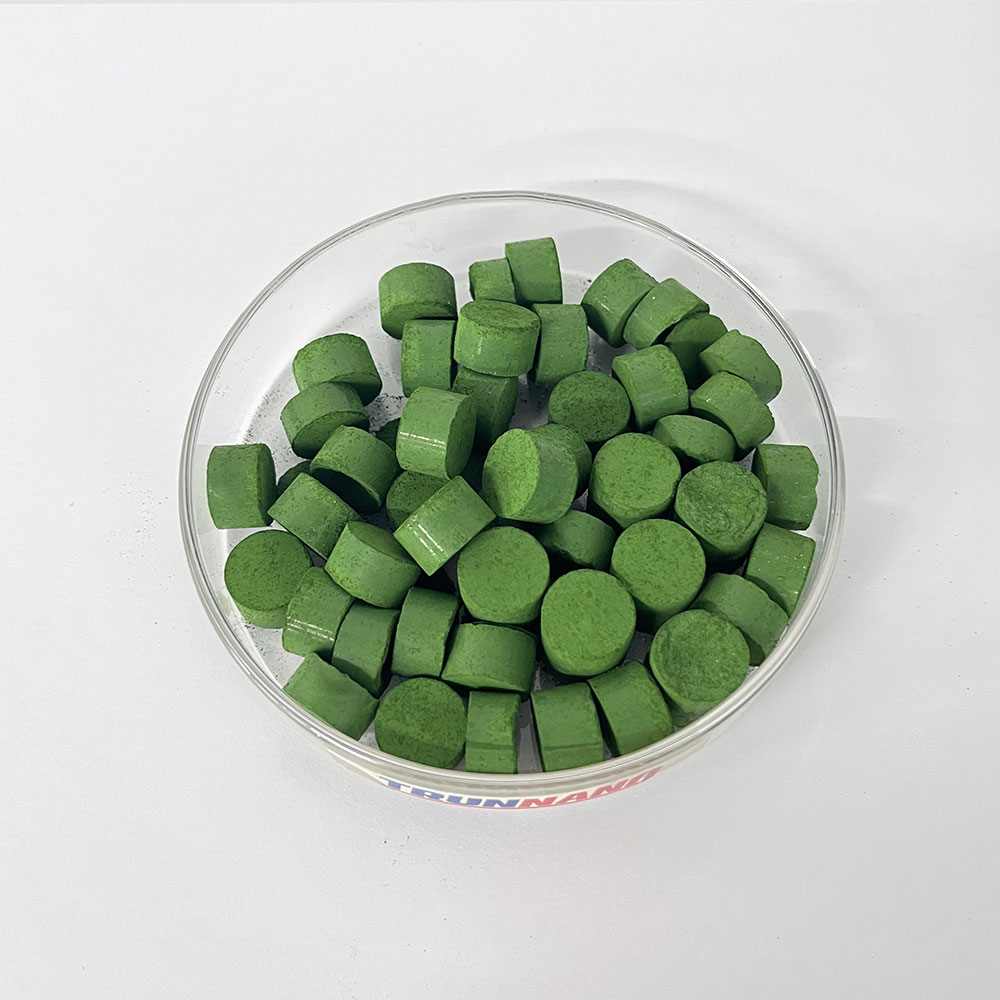Overview of P/N type Bismuth Telluride granules/ powder/ rod Bi2Te3
Telluride and selenide compounds play a significant role in the field of semiconductors, particularly in the development of advanced electronic and optoelectronic devices. These materials belong to the chalcogenide family, characterized by their ability to form compounds with elements from groups IV-VI in the periodic table.
Tellurides: Compounds containing tellurium (Te) as the chalcogen. Examples include cadmium telluride (CdTe), mercury telluride (HgTe), and zinc telluride (ZnTe). These materials have found applications in solar cells, infrared detectors, and high-speed electronics due to their tunable bandgap, high electron mobility, and good thermal stability.
Selenides: Similar to tellurides, but with selenium (Se) replacing tellurium. Notable examples are cadmium selenide (CdSe), gallium selenide (GaSe), and zinc selenide (ZnSe). Selenide compounds are widely used in light-emitting diodes (LEDs), laser diodes, and solar cells due to their direct bandgap properties and efficient light absorption/emission capabilities.
Feature of P/N type Bismuth Telluride granules/ powder/ rod Bi2Te3
Direct Bandgap: Many telluride and selenide semiconductors have direct bandgaps, which facilitate efficient light emission and absorption processes. This makes them suitable for optoelectronic applications such as LEDs and lasers.
Tunable Bandgap: The bandgap of these materials can be adjusted by alloying or altering the composition (e.g., CdSe to CdTe), enabling customization for specific device requirements across a wide spectrum of wavelengths.
High Electron Mobility: Materials like HgCdTe exhibit high electron mobility, which is crucial for high-speed electronic devices and low-noise detector applications.
Thermal Stability: Some tellurides and selenides, like ZnTe and ZnSe, demonstrate good thermal stability, making them suitable for high-temperature operation and processing.
Non-Toxic Alternatives: With increasing environmental concerns, there’s a push towards exploring less toxic alternatives to commonly used semiconductors. For instance, Cd-based tellurides and selenides are being replaced or combined with less toxic elements like Mg or Mn in some applications.

(P/N type Bismuth Telluride granules/ powder/ rod Bi2Te3)
Parameters of P/N type Bismuth Telluride granules/ powder/ rod Bi2Te3
Bismuth Telluride (Bi2Te3), a fascinating material belonging to the class of binary compounds, has garnered significant attention in the field of condensed matter physics due to its unique properties, particularly for applications in thermoelectric energy conversion and optoelectronics. The P/N type Bismuth Telluride granules, powders, and rods are versatile forms of this compound that cater to various technological needs.
The chemical formula Bi2Te3 represents a combination of bismuth (Bi) and tellurium (Te) atoms, forming a layered crystal structure. In its natural form, Bi2Te3 is a semiconductor with a bandgap that allows for efficient temperature-to-electricity conversion. The P-type (positive) and N-type (negative) doping refers to the intentional introduction of impurities to alter its electrical conductivity.
P-type Bismuth Telluride typically involves the addition of elements like antimony (Sb) or arsenic (As), which are group V elements. These dopants donate holes, creating an excess of positive charge carriers, thus enhancing the material’s p-type conductivity. The granules, as solid particles, are usually synthesized through processes like sintering, where the powders are compressed and heated to form a dense, interconnected structure. This form is advantageous for heat dissipation and mechanical stability.
On the other hand, N-type doping introduces elements from group III, such as boron (B) or aluminum (Al), which accept electrons and create an excess of negative charge carriers. This results in enhanced n-type conductivity. The powders and rods of N-type Bi2Te3 are prepared through similar methods but with specific dopant selection and concentration control.
Bismuth Telluride rods, being one-dimensional structures, exhibit extraordinary properties compared to their bulk counterparts. They can be grown using techniques like chemical vapor deposition (CVD) or physical vapor transport (PVT). These long, slender forms enable better thermal contact and improved performance in devices like thermoelectric generators and coolers.
The parameter of interest in these materials includes their Seebeck coefficient, electrical conductivity, thermal conductivity, and carrier mobility. The Seebeck coefficient, also known as the thermopower, measures the voltage generated per unit temperature difference across the material. High thermopower values indicate efficient energy conversion. Electrical conductivity determines the ease with which charge carriers move through the material, while low thermal conductivity is crucial for maximizing thermoelectric efficiency.
Bismuth Telluride’s performance can be tailored by adjusting the doping levels, grain size, and microstructure. Researchers continuously strive to optimize these parameters to enhance the thermoelectric figure of merit (ZT), a dimensionless metric that quantifies the overall efficiency of a thermoelectric material.
In conclusion, P/N type Bismuth Telluride granules, powders, and rods offer versatile platforms for exploring the material’s potential in thermoelectric applications. Their unique properties, influenced by doping and crystal structure, make them promising candidates for power generation, waste heat recovery, and advanced electronic devices. Ongoing research aims to improve their performance further, pushing the boundaries of what this fascinating compound can achieve.

(P/N type Bismuth Telluride granules/ powder/ rod Bi2Te3)
FAQ of Semiconductor Materials
Inquiry us






